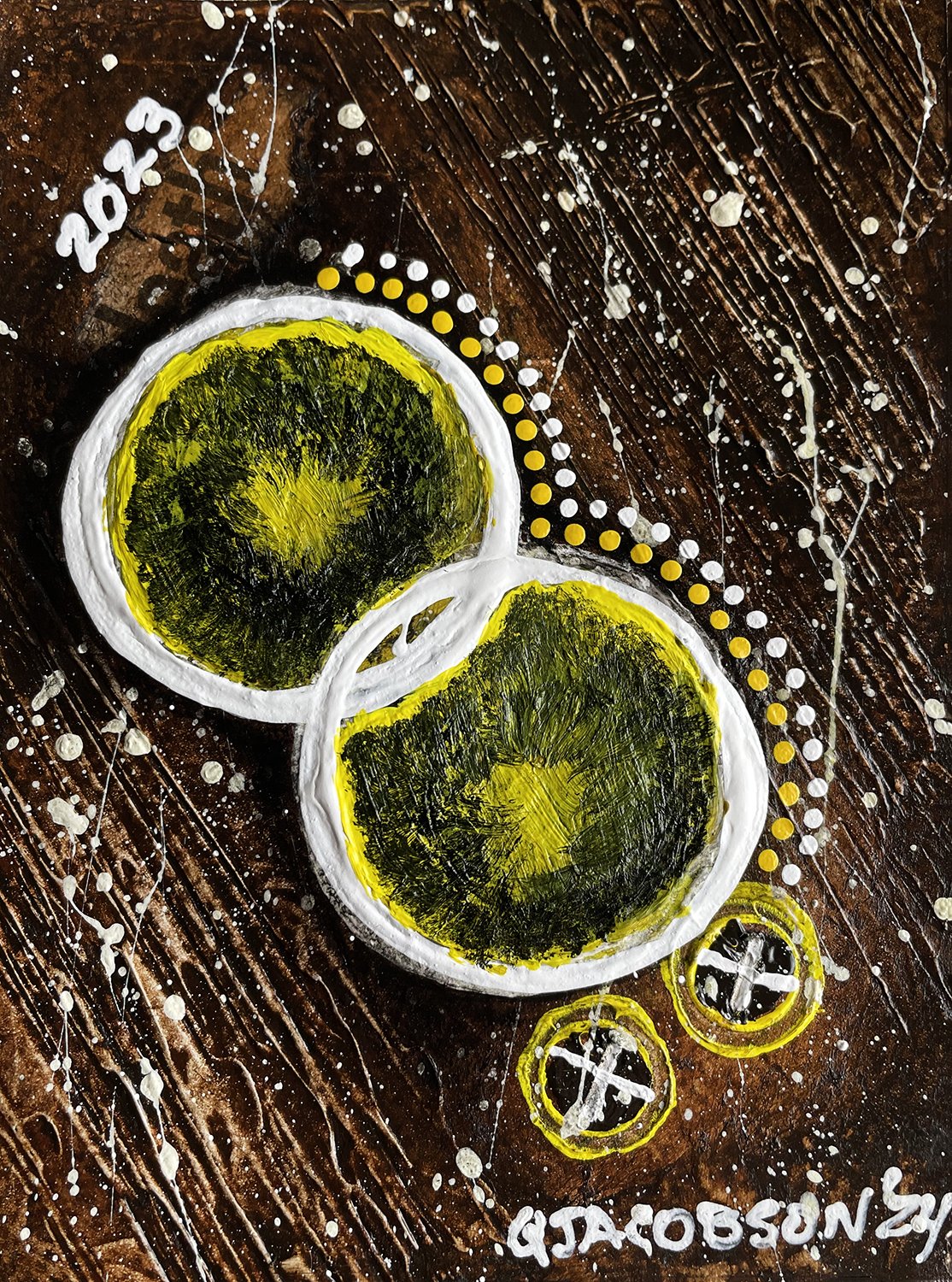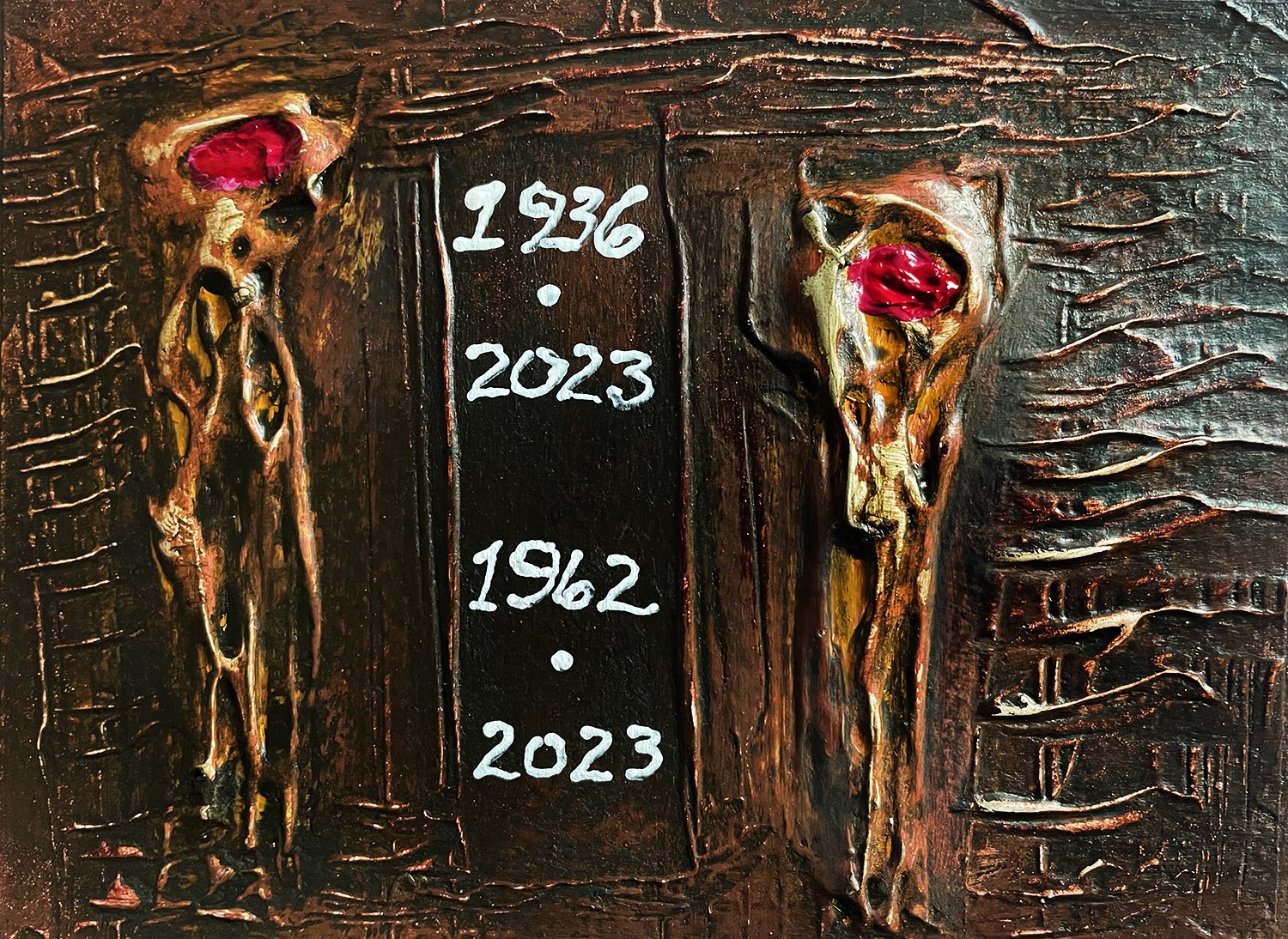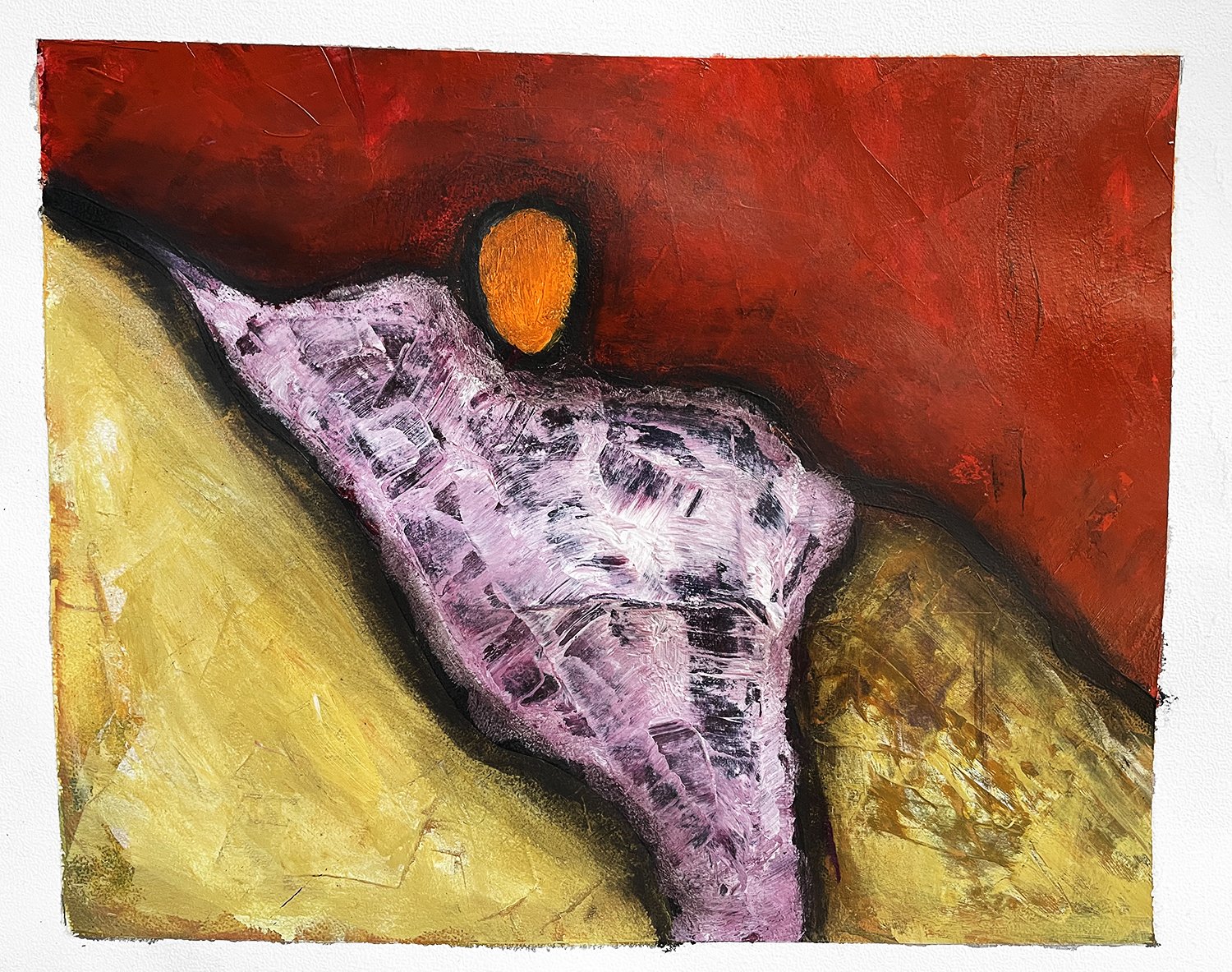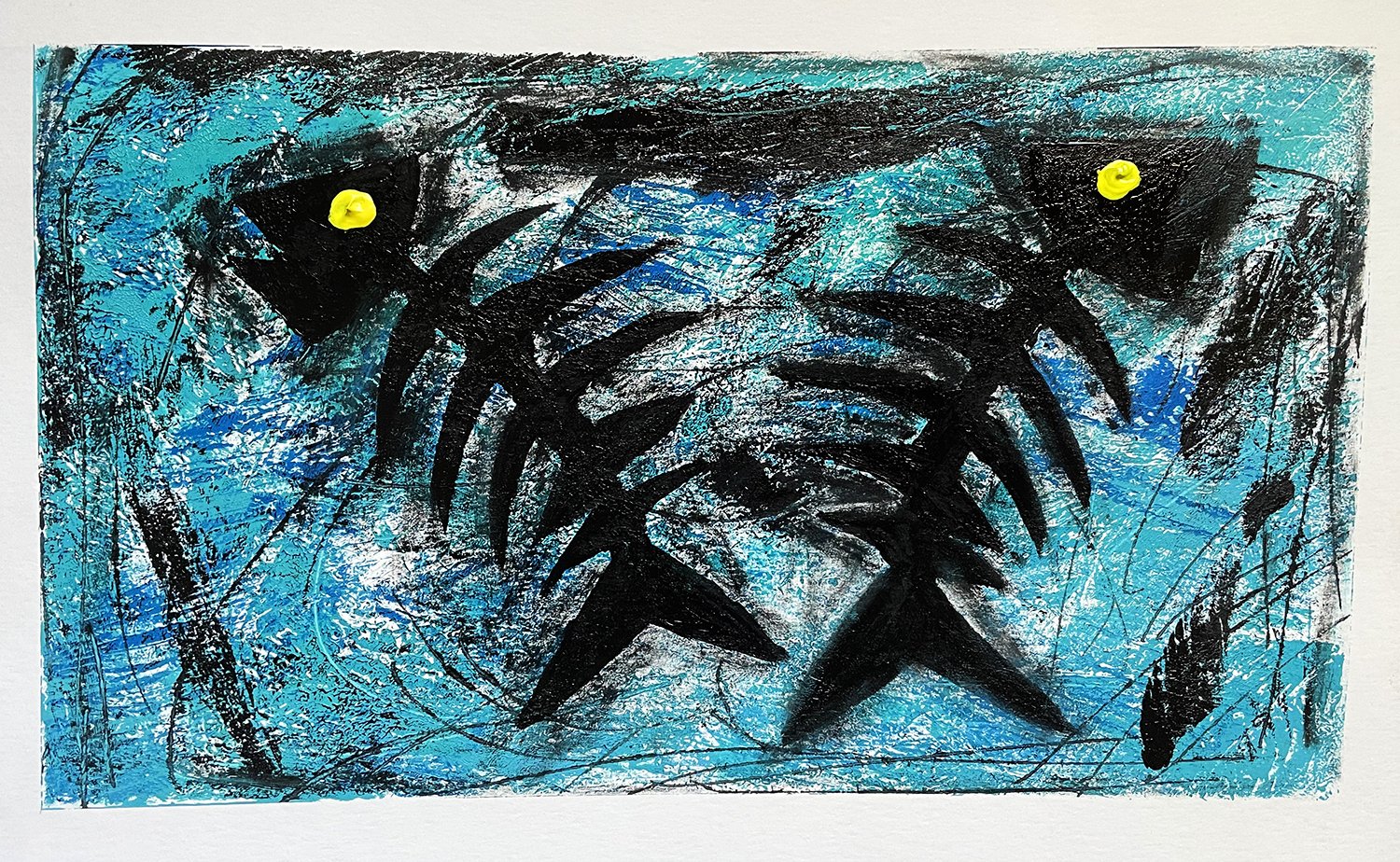Individuals interviewed in front of a funeral home had a more supportive of view charities than people who weren’t as interested in making donations interviewed a few blocks out of the range of the mortality prompt (Jonas, Schimel, Greenberg, & Pyszczynski, 2002).
Subtle reminders of death—like seeing an ambulance drive by, watching someone die onscreen, or even seeing wrinkles in the mirror—cause us to distance ourselves from our physicality (avoiding sex and other bodily activities that on some deep level signal that we’re so susceptibly perishable) and we turn up the dial on our symbolic value, like making our achievements, intellect and virtues shine (Solomon, Greenberg, & Pyszczynski, 2015).
Buffering the fear of death
Interestingly, there are ways to buffer ourselves from the angst of mortality salience. Heightened self-esteem reduces one’s worldview defense and has a protective quality against death concerns, as does the feeling of being powerful (Belmi & Pfeffer, 2016). Additionally, Juhl and Routledge’s (2016) research shows that people with high perceptions of meaning in life and people who define themselves as socially connected find themselves exempt from mortality salience anxieties, with no changes to their well-being (as measured by satisfaction with life and subjective vitality).
Encouraging individuals to reflect on their mortality awareness with openness, mindfulness and curiosity has also been shown to have a mediating effect on the guard they put up (Boyd, Morris & Goldenberg, 2017).
Experiencing mortality salience in the right context can ignite moral benefits like increasing tolerance of others and increasing one’s desire to be their best self (Oren, Shani & Poria, 2019); studies show that people (predominantly women) act in more prosocial ways in the week following death prompts (Belmi & Pfeffer, 2016).
Being primed with thoughts of death made study participants more likely to donate money into the future– a powerful demonstration of how inclined we are to want to leave a legacy that lets us live beyond the boundaries of our lifespans (Wade-Benzoni, Tost, Hernandez, & Larrick, 2012).
Reflecting on one’s own death also enhanced the levels of gratitude in study participants, as well as their appreciation of the simple pleasures in life (Frias, Watkins, Webber, & Froh, 2011).
Death reflection
Cozzolino (2006) notes that the typical mortality salience manipulations subjected to research participants represent death in a subliminal, generic, and abstract fashion—many steps removed from a true experience that might actually mimic a near-death experience. An alternative to mortality salience for death priming is a practice called death reflection, which has been found to be a more powerful and experiential way to get people in touch with their own death (Cozzolino, 2006).
Imagining oneself in the midst of an apartment fire—in vivid, graphic detail—elicits different death reactions than playing morbid word games or visiting funeral homes.
The implications of how we are primed to think about death are weighty: Research reveals that when we are exposed to our mortality as an abstract concept (as through traditional mortality salience experiments), we seek support in abstract ways—like bolstering our worldviews and religious and social affiliations. When we are exposed to our mortality in a specific and personal fashion (via death reflection) we derive support from internal resources—like construing goals, finding ways to meet our own needs, and seeking intrinsic growth (Cozzolino, 2006).
Furthering this logic, we’re motivated in different ways depending on whether we’ve triggered our abstract (traditional mortality salience) or specific (death reflection) information processing systems; under the auspice that we take action on things that have the potential to make our goals a reality (Carver & Scheier, 1990), we act in rather constrained ways that succumb to the norms of society when prompted by the abstraction of mortality salience (like driving by the cemetery), and we act in intrinsic, self-determined (Deci & Ryan, 1985) ways when prompted by existentially specific information, like forming plans that draw on our strengths and talents to achieve the goals we want for ourselves—not what our external worldview requires of us to fit in (Cozzolino, 2006).
Death reflection leads to unselfish, intrinsic behaviors (Cozzolino, Staples, Meyers, & Samboceti, 2004). These insights help put TMT and mortality salience research in perspective, and help shape future interventions intended to help people grow from reflecting on the inevitability of death.
References
Belmi, P., & Pfeffer, J. (2016). Power and death: Mortality salience increases power seeking while feeling powerful reduces death anxiety. Journal of Applied Psychology, 101(5), 702-720. doi:10.1037/apl0000076
Burke, B. L., Martens, A., & Faucher, E. H. (2010). Two decades of terror management theory: A meta-analysis of mortality salience research. Personality and Social Psychology Review, 14(2), 155-195. doi: 10.1177/1088868309352321
Carver, C., & Scheier, M. (1990). Origins and function of positive and affect: A control-process view. Psychological Review, 97, 19-35. doi: 10.1037/0033-295X.97.1.19
Castano, E., Leidner, B., Bonacossa, A., Nikkah, J., Perrulli, R., Spencer, B., & Humphrey, N. (2011). Ideology, fear of death, and death anxiety. Political Psychology, 32(4), 601–621. doi:10.1111/j.1467-9221.2011.00822.x
Cozzolino, P. (2006). Death contemplation, growth, and defense: Converging evidence of dual-existential systems? Psychological Inquiry, 17(4), 278–287. doi:10.1080/10478400701366944
Cozzolino, P., Staples, A. D., Meyers, L. S. and Samboceti, J. (2004). Greed, death, and values: From terror management to “transcendence management” theory. Personality and Social Psychology Bulletin, 30, 278–292. doi:10.1177/0146167203260716
Deci, E. L., & Ryan, R. M. (1985). Intrinsic motivation and self-determination in human behavior. New York: Plenum Press.
Frias, A., Watkins, P., Webber, A., & Froh, J. (2011). Death and gratitude: Death reflection enhances gratitude. The Journal of Positive Psychology, 6(2), 154–162. doi:10.1080/17439760.2011.558848
George L.S., & Park C.L. (2014). Existential mattering: Bringing attention to a neglected but central aspect of meaning? In A. Batthyany & P. Russo-Netzer (Eds.), Meaning in positive and existential psychology (pp. 39-51). New York, NY: Springer.
Greenberg, J., Pyszczynski, T., & Solomon, S. (1986). The causes and consequences of the need for self-esteem: A terror management theory. In R. F. Baumeister (Ed.), Public self and private self (pp. 189-212). New York: Springer-Verlag.
Greenberg, J., Solomon, S., & Pyszczynski, T. (1997). Terror management theory and research: Empirical assessments and conceptual refinements. In M. P. Zanna (Ed.), Advances in experimental social psychology (Vol. 29, pp. 61-139). San Diego, CA: Academic Press. doi: 10.1016/S0065-2601(08)60016-7
Greenberg, J., Pyszczynski, T., Solomon, S., Simon, L., & Breus, M. (1994). Role of consciousness and accessibility of death-related thoughts in mortality salience effects. Journal of Personality and Social Psychology, 67(4), 627–637. doi:10.1037/0022-3514.67.4.627
Jonas, E., Schimel, J., Greenberg, J., & Pyszczynski, T. (2002). The Scrooge effect: Evidence that mortality salience increases prosocial attitudes and behavior. Personality and Social Psychology Bulletin, 28(10), 1342–1353. doi:10.1177/014616702236834
Mikulincer, M., & Florian, V. (2000). Exploring individual differences in reactions to mortality salience: Does attachment style regulate terror management mechanisms? Journal of Personality and Social Psychology, 79(2), 260–273. doi: 10.1037/0022-3514.79.2.260
Solomon, S., Greenberg, J., & Pyszczynski, T. A. (2015). The worm at the core: On the role of death in life. New York, NY: Random House.
Wade-Benzoni, K. A., Tost, L. P., Hernandez, M., & Larrick, R. P. (2012). It’s only a matter of time: Death, legacies, and intergenerational decisions. Psychological Science, 23(7), 704–709. doi:10.1177/0956797612443967


















